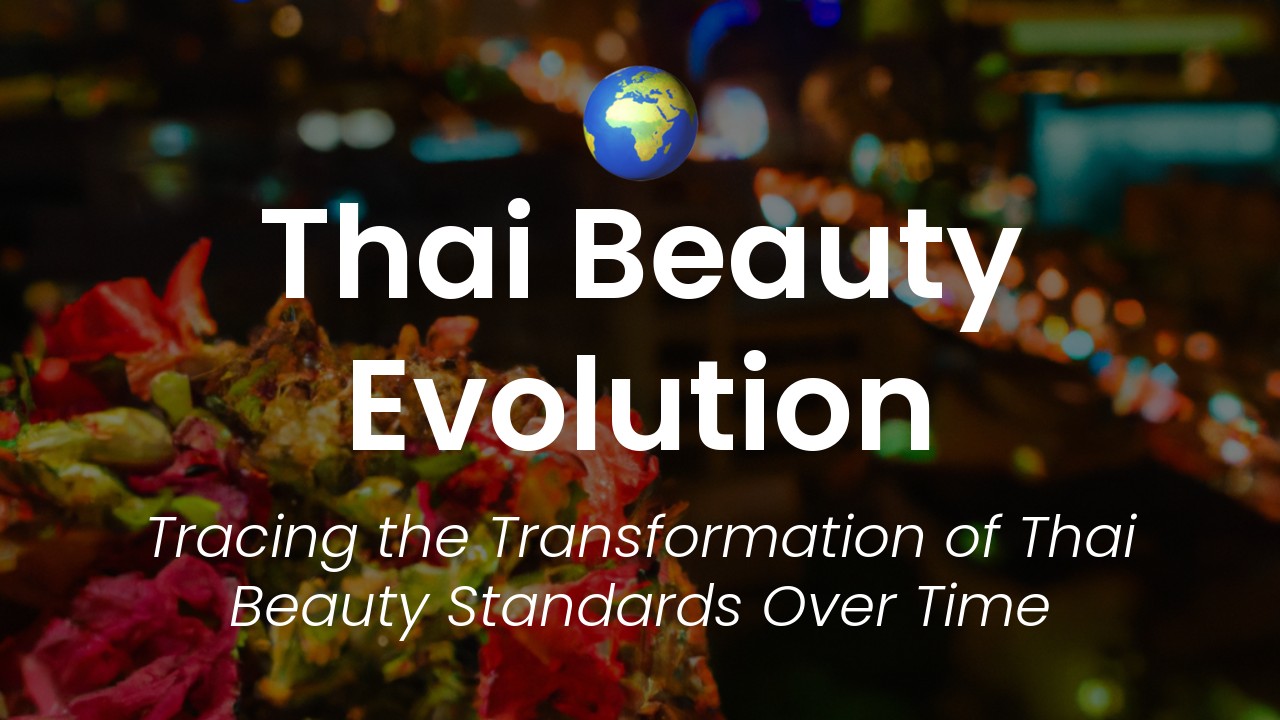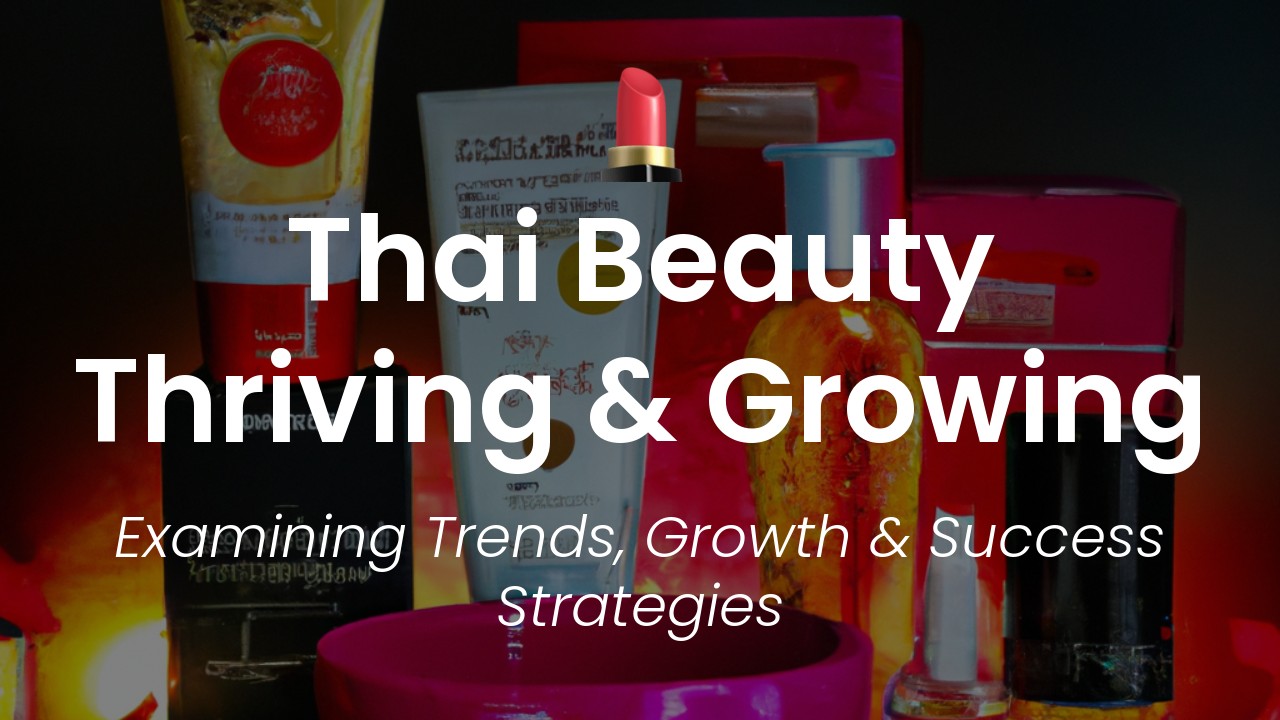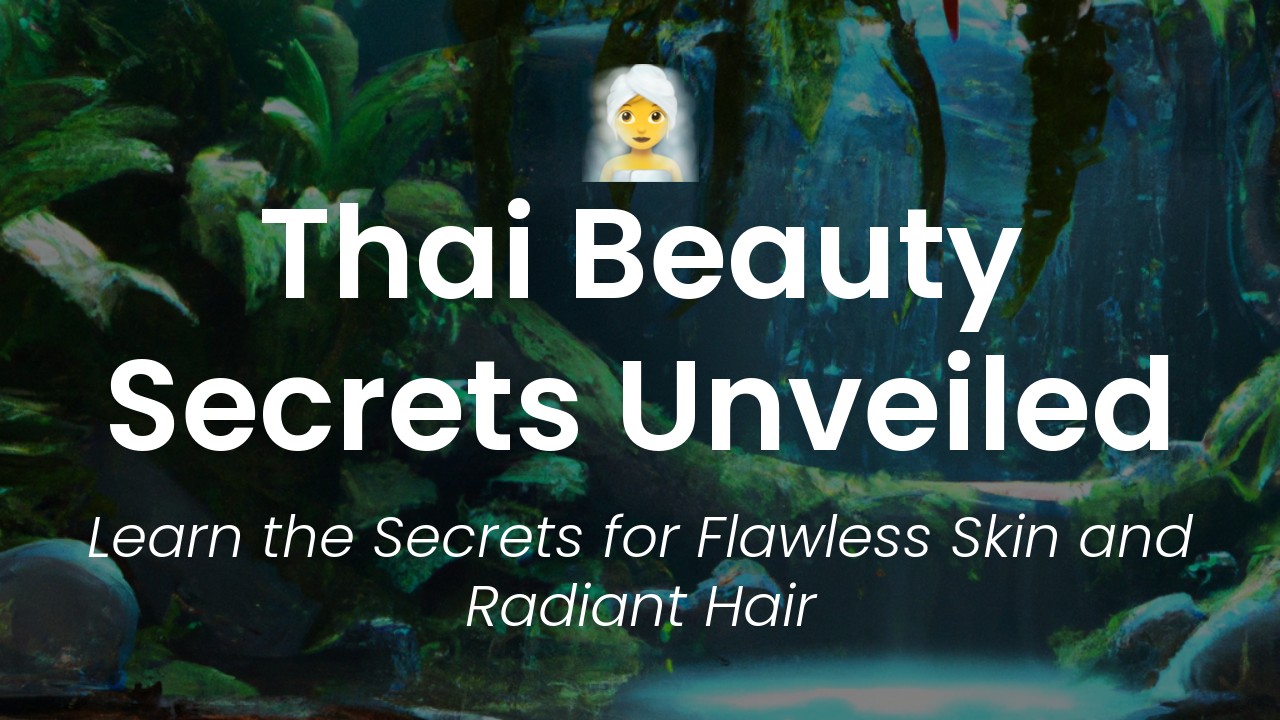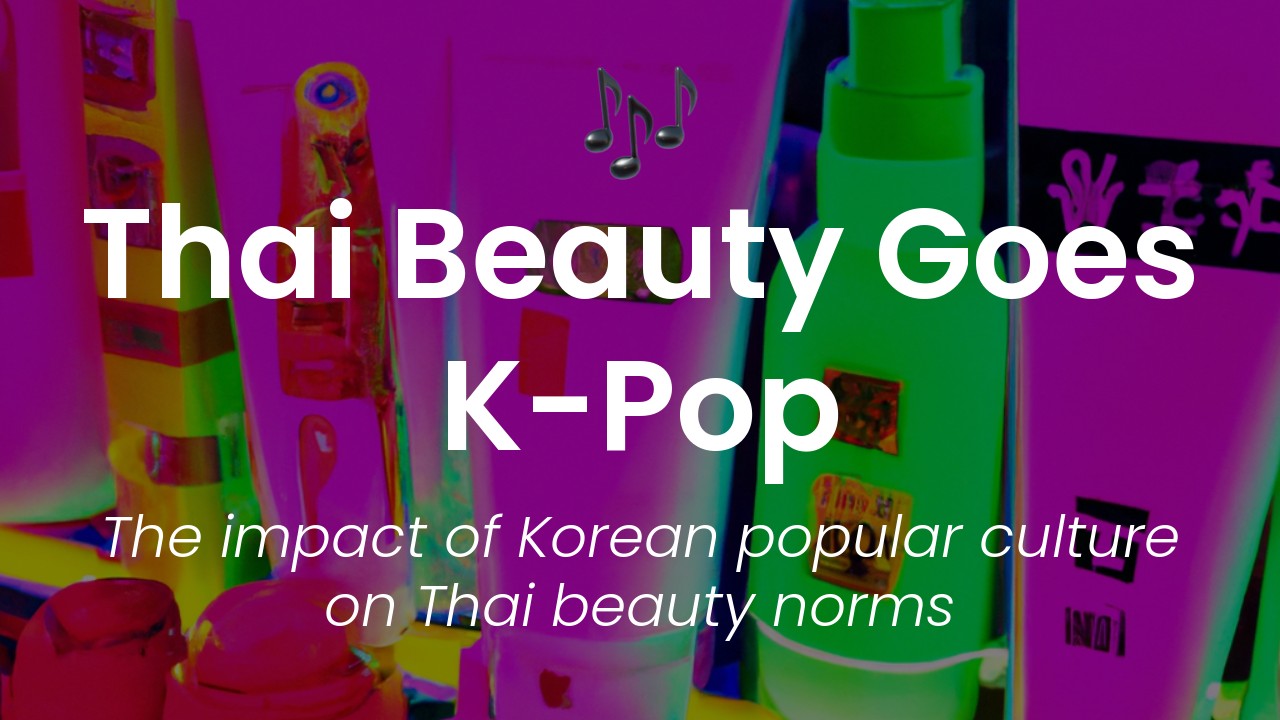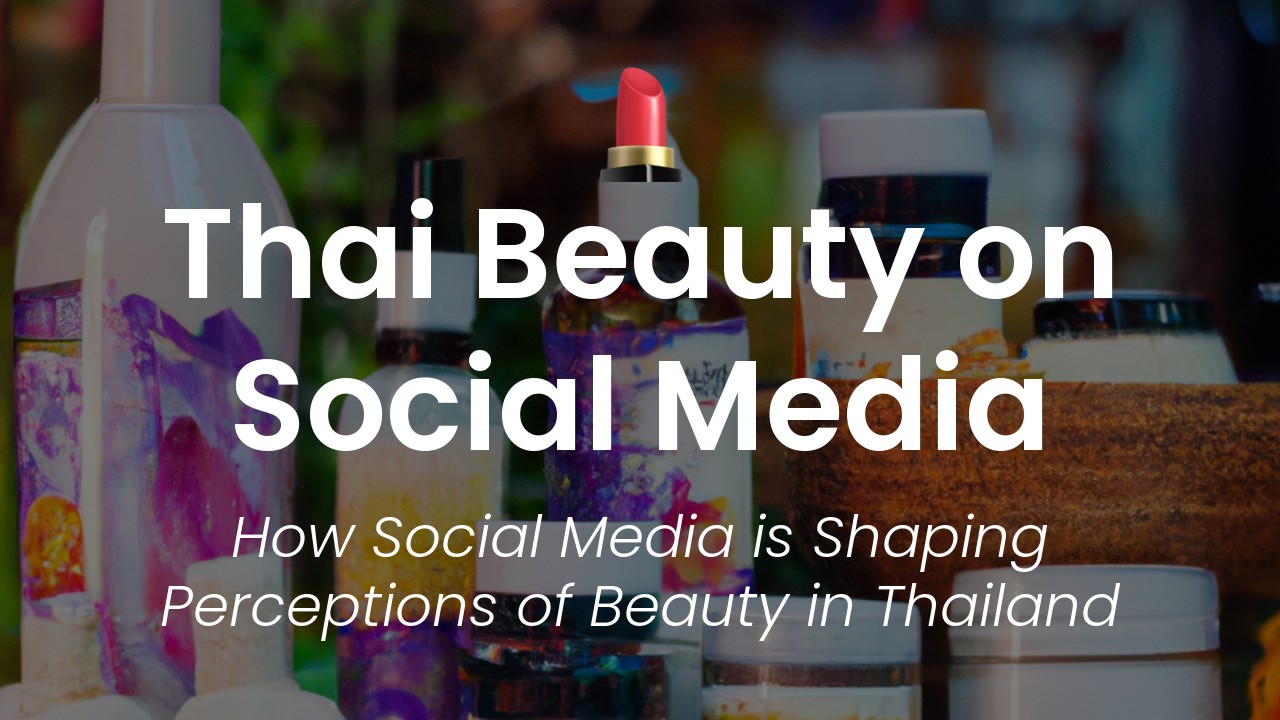As a young Thai woman, I have been fascinated by the shifting perceptions of beauty ideals in my country. From traditional notions rooted in ancient customs to the influence of global media and pop culture, Thai beauty standards have gone through a significant evolution over the years. In my latest blog article, I delve deeper into this topic, exploring the different factors that have shaped Thailand's beauty ideals.
For centuries, Thailand's beauty standards were deeply influenced by the country's conservative traditions and beliefs. Pale skin, small feet, and delicate features were considered the epitome of beauty, and women went to great lengths to achieve these ideals. Women would wear heavy makeup to make themselves appear paler, bind their feet to make them smaller, and even use harmful substances to achieve certain features.
However, with the rise of globalization and Western influence, Thai beauty standards have undergone a major transformation. Fair skin is still valued, but there is now a growing acceptance and appreciation of darker skin tones. Western beauty trends have also infiltrated Thai culture, with fuller lips, curvier figures, and bolder makeup looks becoming more popular among young people. In my upcoming article, I'll take a closer look at how these influences have transformed the way Thai people perceive beauty, and the impact this has had on the country's culture and identity.
Traditional beauty ideals in Thailand
For centuries, Thai women have been hailed for their graceful movements, beautiful features, and flawless complexion. Thai beauty, to the untrained eye, consists of a gamut of charming physical qualities, such as full cheeks, curved eyebrows, thick hair, and luminous skin. However, beauty has a much deeper meaning in Thailand – it is the reflection of one's inner-self, a manifestation of the purity and goodness of one's heart.
In Thai culture, young girls receive ample guidance from their elders on how to achieve and maintain beauty. Traditional beauty secrets are handed down from one generation to another as a form of legacy. The tips typically revolve around natural ingredients such as tamarind to brighten skin, cucumber to soothe puffiness, and turmeric to reduce blemishes.
Evolution of Thai beauty standards
The advent of globalization has brought about significant changes to Thailand's beauty standards. Apart from cultural influences, Western beauty trends have largely impacted the way people perceive beauty. The modern Thai woman no longer subscribes to the once-accepted standard of beauty, which was mainly based on skin color and facial features.
Today, Thai women are more empowered and confident when it comes to defining their own beauty standards. Self-expression and individuality have become more important than ever. As women venture into varied careers and lifestyles, the standards of beauty widen, creating space for diversity in how women present themselves.
Influence of Western beauty trends
In recent years, Thailand has seen a surge in Western beauty trends. The rise of social media platforms and globalization has facilitated the cross-pollination of beauty ideals. Influencers and beauty bloggers are sharing their routines and tricks, inspiring young Thai women to experiment with their own looks.
One western trend that is becoming increasingly popular in Thailand is contouring. Thai women are now using contouring palettes and highlighters to define their facial features, creating an illusion of a more chiseled look. While some embrace it as an innovative way of enhancing features, others argue that it promotes a Eurocentric standard of beauty.
Globalization and Thai beauty ideals
Globalization has impacted the Thai beauty industry in numerous ways. As more foreign beauty brands infiltrate the Thai market, local entrepreneurs are inspired to infuse their own indigenous ingredients into beauty products. The result has been a synthesis of traditional Thai beauty rituals merged with cutting-edge beauty technologies, appealing to both local and foreign markets.
Some of the most popular ingredients in modern-day Thai skincare products include tamarind, rice bran, and papaya enzymes. These ingredients have been used for centuries in traditional Thai beauty, and their inclusion in modern products is helping to spread the word about their potential benefits.
Indigenous ingredients in Thai beauty
It is no secret that Thailand is home to an abundant array of natural resources, and many of these ingredients have found their way into the beauty world. Indigenous ingredients such as turmeric, lemongrass, and jasmine are now being incorporated into skincare routines to promote a holistic approach to beauty. These ingredients are highly valued for their antioxidant and anti-inflammatory properties.
One of the most popular ingredients in Thai beauty is coconut. This versatile ingredient is used in everything from hair care to skincare, due to its high concentration of fatty acids and nutrients. Its nourishing properties make it an excellent moisturizer, making it a preferred ingredient in many all-natural beauty products.
Popular Thai beauty brands
There has been a proliferation of Thai beauty brands in recent years, both catering to the local market and exporting products to other countries. Some of the most notable brands include Thann, Karmakamet, and Harnn. Each brand has its own unique identity, but all are inspired by Thai traditions and natural ingredients.
Thann, for example, promotes a holistic approach to beauty, infused with the healing essences of botanicals such as Thai rice and jasmine. Karmakamet, on the other hand, offers a range of wellness products such as candles, essential oils, and perfumes. Harnn boasts a range of products inspired by traditional Thai medicine, utilizing ingredients such as activated bamboo charcoal and lotus.
Future of Thai beauty industry
The Thai beauty industry is poised for growth in the coming years, as Thai brands gain recognition on the global stage. The renewed interest in traditional Thai beauty combined with the rising awareness of sustainable and ethically-sourced products has created an ample opportunity for growth.
As the Thai beauty industry continues to modernize, it has also led to a renewed appreciation for traditional beauty ideals. Young Thai women are now realizing that beauty is more than just a physical appearance; it is a reflection of one's inner being. The Thai beauty industry is now embracing this shift, focusing on promoting an inner sense of well-being in addition to physical beauty.
Conclusion
In conclusion, the recent changes in Thai beauty standards indicate a broader shift in how women approach beauty. Thailand's unique beauty heritage is being revitalized through a modern lens, preserving traditional beauty ideals while embracing innovation. Whether embracing indigenous ingredients or contemporary trends, the beauty industry in Thailand shows that beauty is deeply rooted in culture and self-expression.

